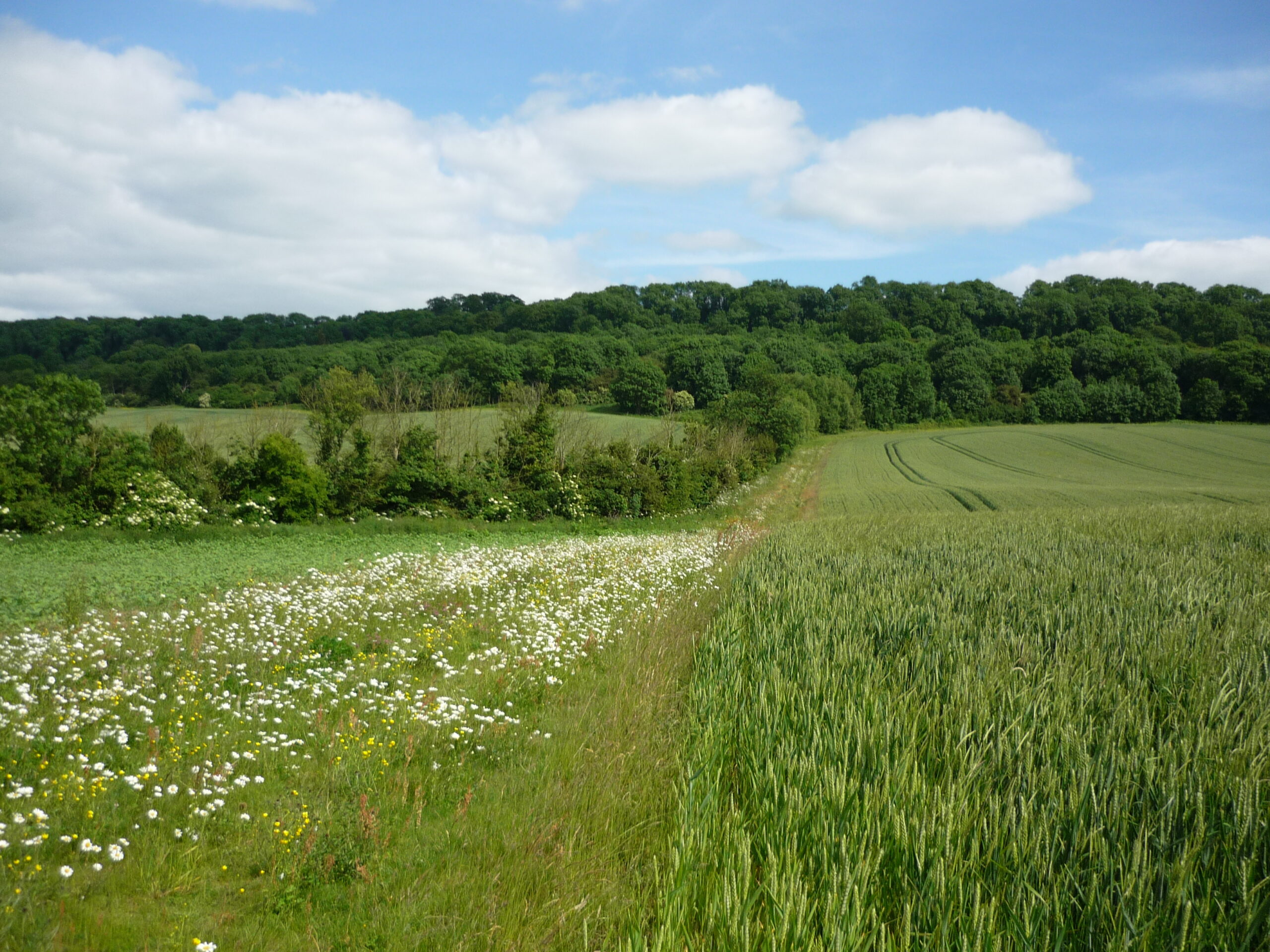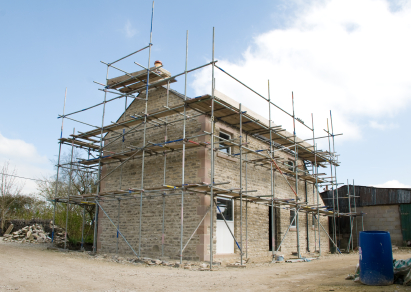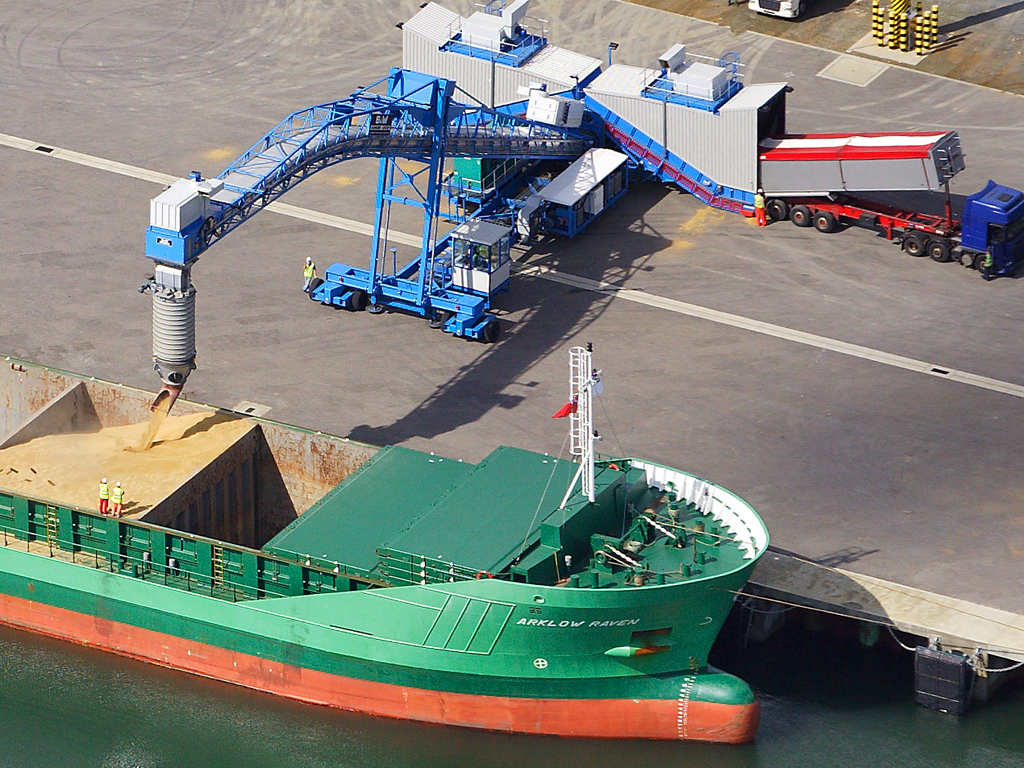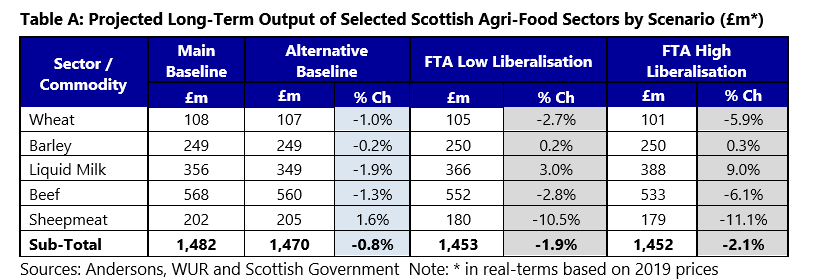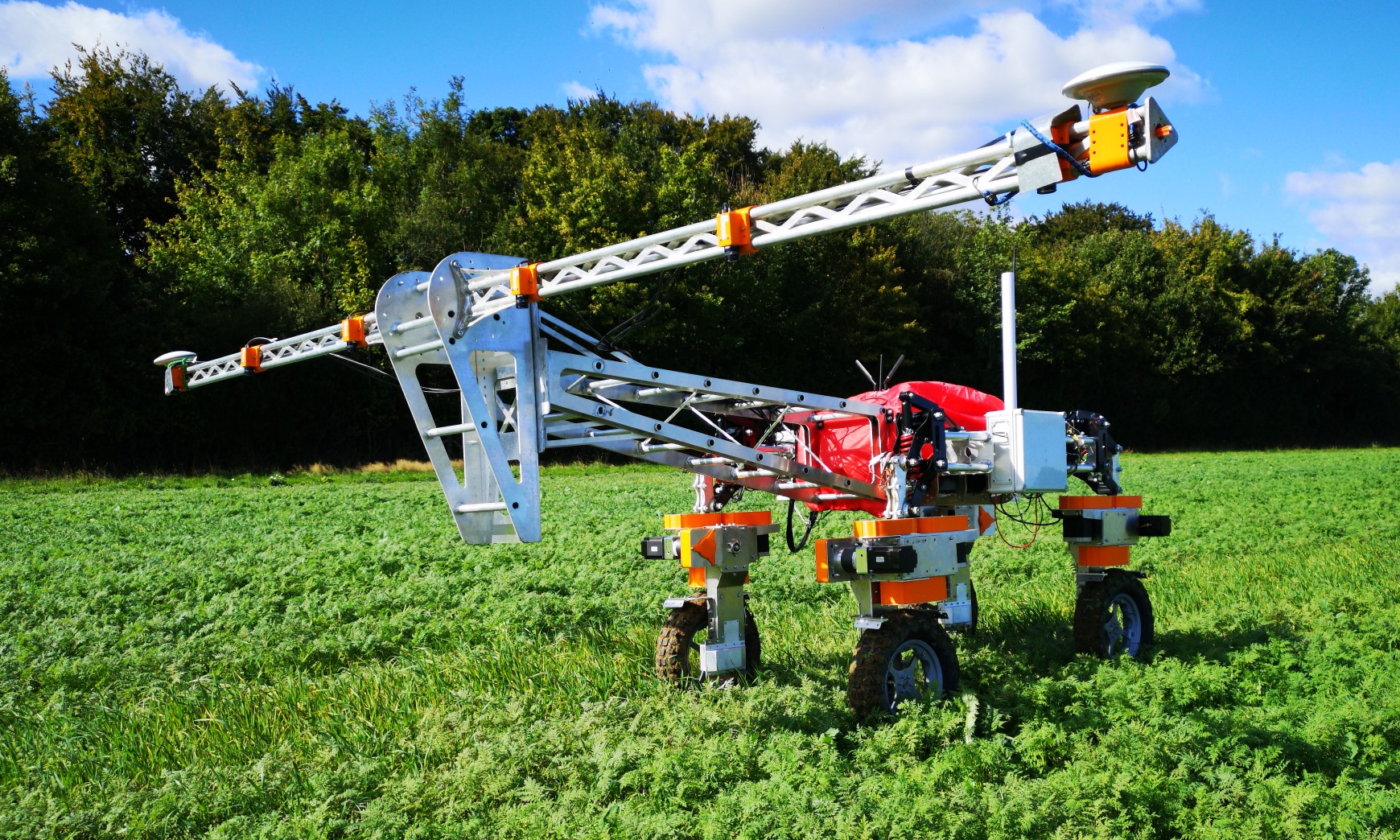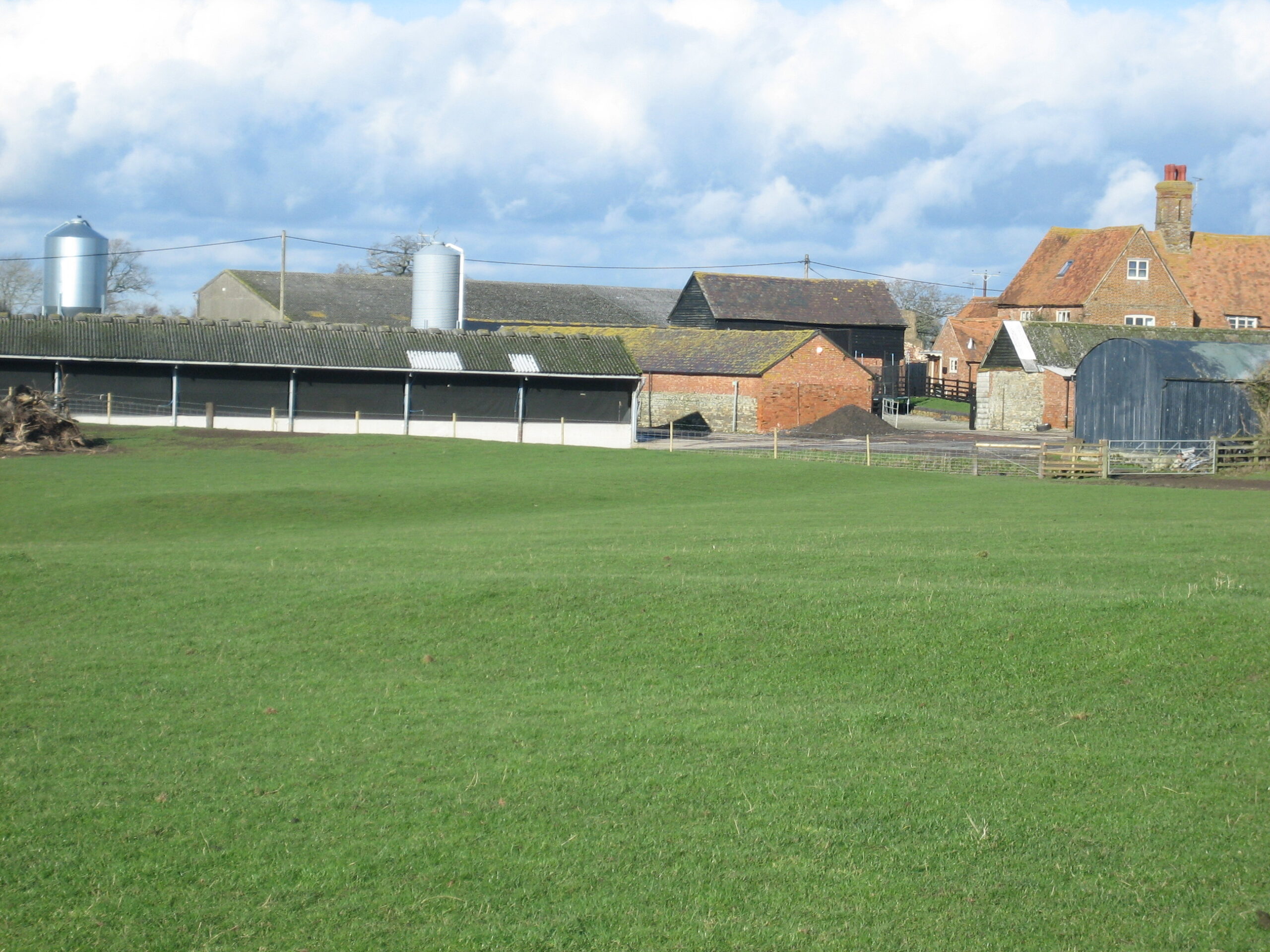More details have emerged on the Sustainable Farming Scheme (SFS) which will replace the BPS in Wales from 2025.
This follows the Agriculture (Wales) Bill passing its final stage in the Senedd (see article https://abcbooks.co.uk/agriculture-wales-bill/). The Minister for Rural Affairs, Lesley Griffiths subsequently made a Statement in the Senedd and answered questions on the second phase of the SFS co-design. Last summer, the Welsh Government published draft proposals on the SFS (see article https://abcbooks.co.uk/future-farm-support-in-wales/). These formed the basis of the second phase of co-design. Two reports have now been published on the co-design outputs. The Sustainable Farming Scheme Co-design – Final Report includes feedback from over 1,600 respondents, mainly farmers. The second report, Sustainable Farming Scheme – Analysis of Feedback to the Outline Scheme Proposals, reflects the wider responses of 100 stakeholder organisations, groups and individuals. A third document published, SFS Outline Proposals – Co-design Response contains the Welsh Government’s thoughts on how it will use the findings to develop an ‘ambitious and accessible’ scheme.
Feedback showed there was concern over how different the scheme would be to current ones and the limited amount of time there would be to understand the new rules. Therefore, the Government is considering a staged approach, this could mean focusing on rolling out the Universal Actions in 2025 before the roll-out of the Optional and Collaborative actions in following years. However, presumably this would mean claimants only being able to receive the ‘baseline payment’ in the early years. The Minister has said they want to ensure that farmers can enter the Universal layer as soon as the scheme opens, the hope being that as many, if not more, take up the SFS than the Basic Payment.
The most feedback surrounded the tree planting proposals to have at least 10% tree cover on farm managed in line with UK Forestry Standard. The Welsh Government is exploring changes so that the action is not necessarily 10% of the entire holding, but 10% of the remaining area once unsuitable areas have been identified such as restrictive Tenancies or sensitive habitats. In addition, the 10% tree cover will also include existing tree cover, but will not include hedgerows, although trees within a hedgerow will be included.
Other concerns include the cost and availability of advisors to carry out the Habitat Baseline Review required for every farm before joining the scheme. The Welsh Government is exploring how it can use information already held on Rural Payments Wales, using remote sensoring and farmer knowledge to confirm habitats and only using advisors where necessary.
The Statement does not make any changes to the overall design of the SFS that was proposed last summer, with three layers – Universal, Optional and Collaborative remaining. No payment rates were included either, with the Minister saying payment ‘methodology’ will be included in the final consultation which will go out in winter this year. Payment rates will not be included as not all of the actions will have been finalised by then. A final scheme design, including rates will be published in 2024, ready for a 2025 start.
The Minister also stated how difficult it is to design a scheme whilst not knowing the budget post 2025. But she has said, we do know the scheme will be the main source of funding for farmers, it will be different to the current BPS, with the fundamental change being the level of payment will be linked to the the activities a farmer undertakes.


